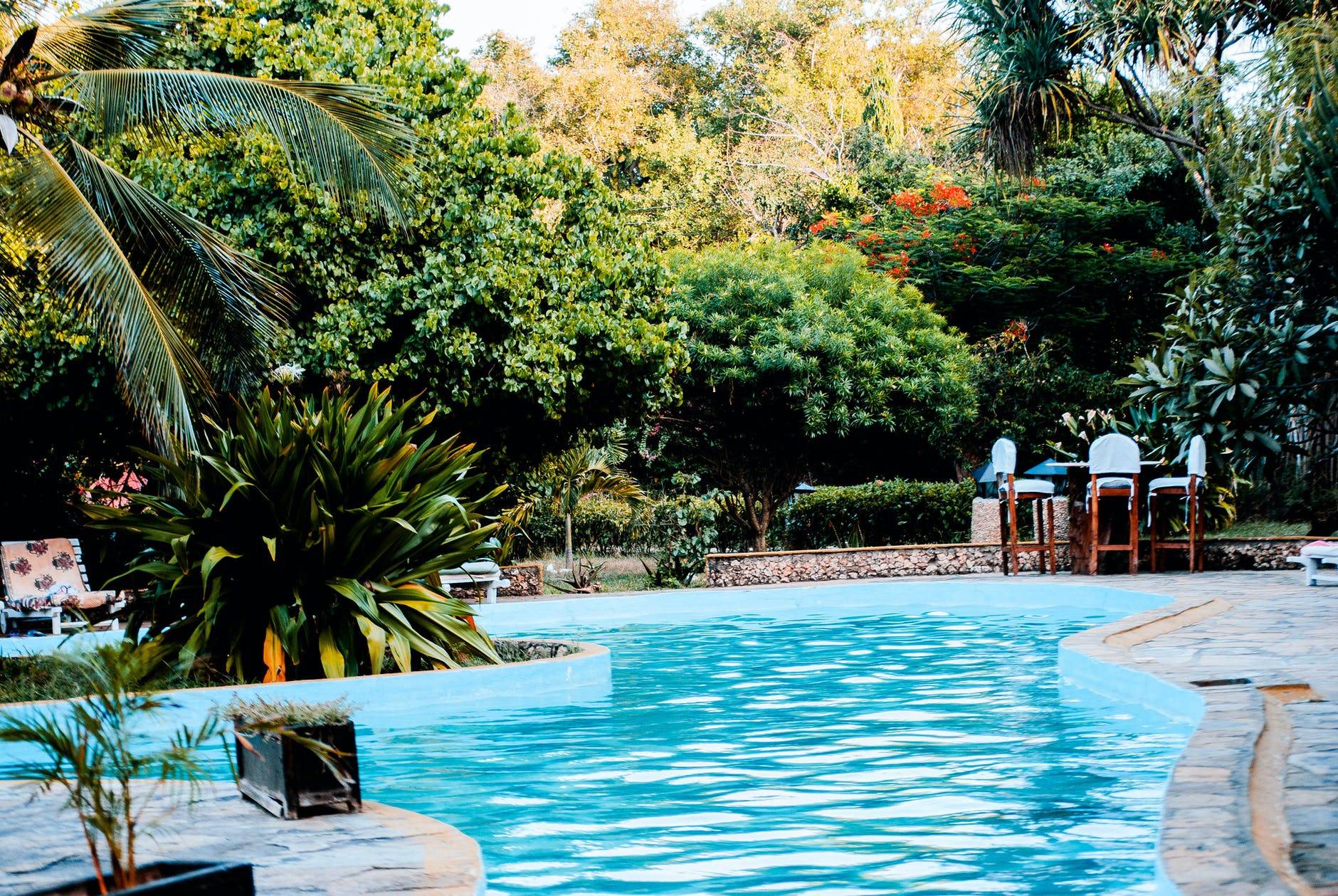Hey guys,
We would really appreciate your expert advice and opinion on this.
We have an indoor salt-water pool that is running year round at around 87-90 degrees. We have a Pentair IntelliChlor IC40 Salt Cell that automatically adds chlorine to the pool.
Since 2017, we've had several salt cells and Jandy JXI260N heaters fail on us. Each time we seem to miss the warranty window and end up with another large bill.
Questions:
1. Would we be better suited with a liquid chlorine system for an indoor pool?
2. If we go with a liquid chlorine system, are we going to have the same problem -- maintaining the new system and the additional headache of buying liquid chlorine each week?
3. Are there any residential pool heaters out there that are designed with titanium heat exchangers? What options are available to us? Is this what we should be using for an indoor salt water pool?
At this point, we are not sure what to do. Is this issue purely related to water chemistry or are the Jandy JXI260N heaters simply not designed to withstand the harsh conditions of salt water pools?
Any and all advice is greatly appreciated and hopefully this will set us on the right path and help some others in the process.
Thanks.
We would really appreciate your expert advice and opinion on this.
We have an indoor salt-water pool that is running year round at around 87-90 degrees. We have a Pentair IntelliChlor IC40 Salt Cell that automatically adds chlorine to the pool.
Since 2017, we've had several salt cells and Jandy JXI260N heaters fail on us. Each time we seem to miss the warranty window and end up with another large bill.
Questions:
1. Would we be better suited with a liquid chlorine system for an indoor pool?
2. If we go with a liquid chlorine system, are we going to have the same problem -- maintaining the new system and the additional headache of buying liquid chlorine each week?
3. Are there any residential pool heaters out there that are designed with titanium heat exchangers? What options are available to us? Is this what we should be using for an indoor salt water pool?
At this point, we are not sure what to do. Is this issue purely related to water chemistry or are the Jandy JXI260N heaters simply not designed to withstand the harsh conditions of salt water pools?
Any and all advice is greatly appreciated and hopefully this will set us on the right path and help some others in the process.
Thanks.
Last edited:



